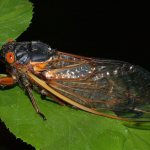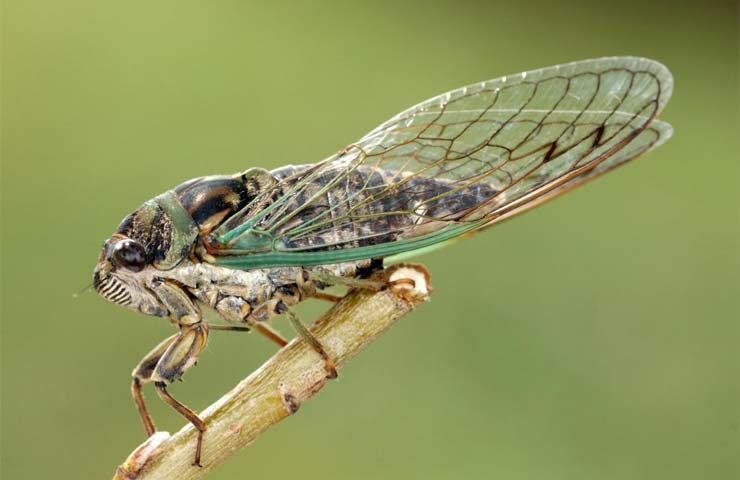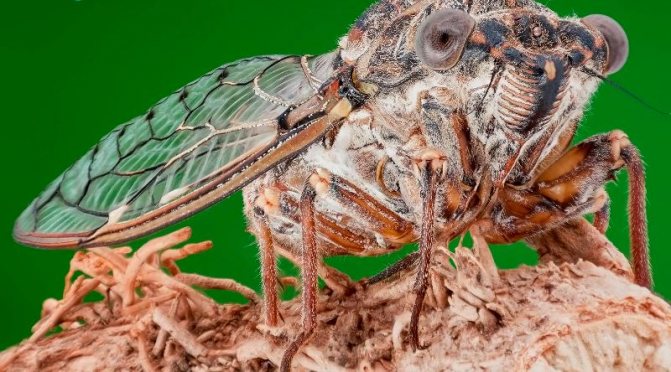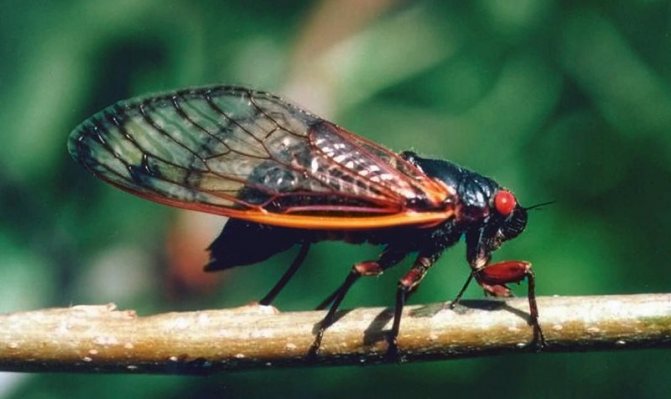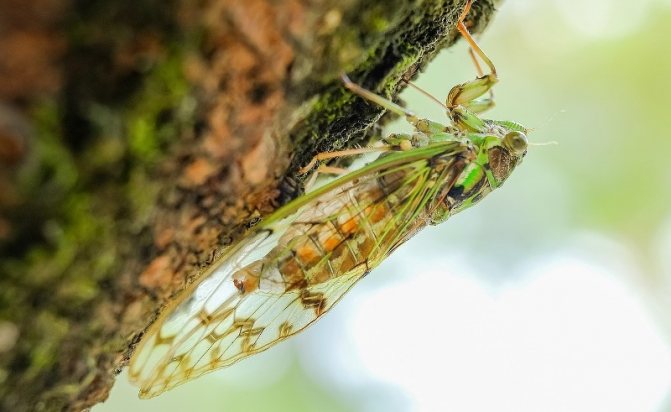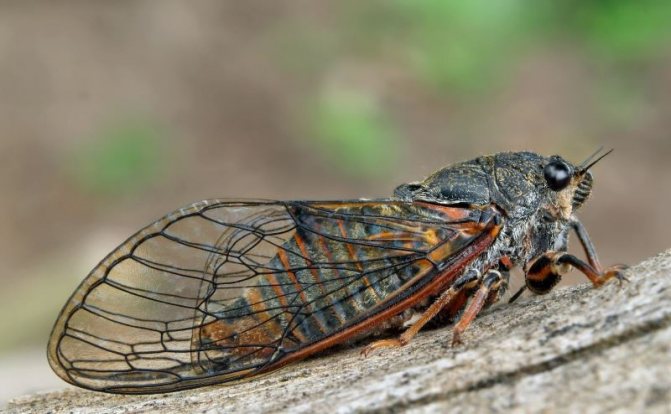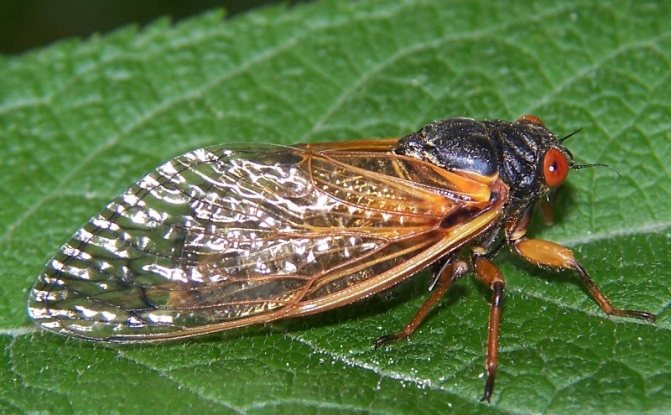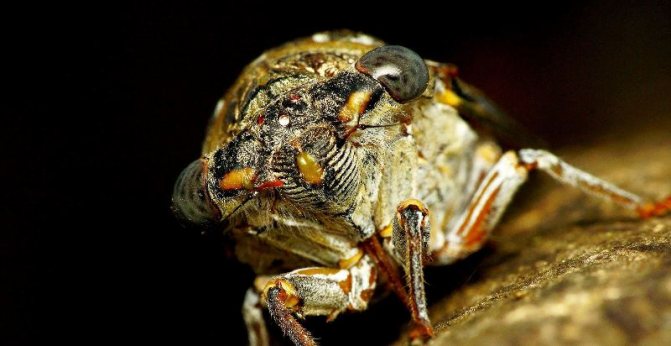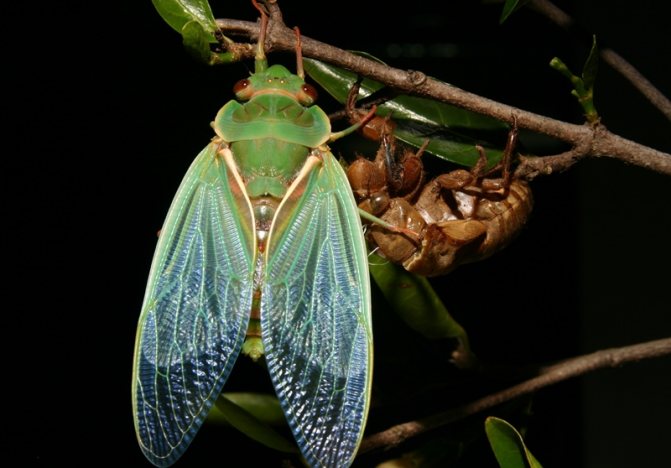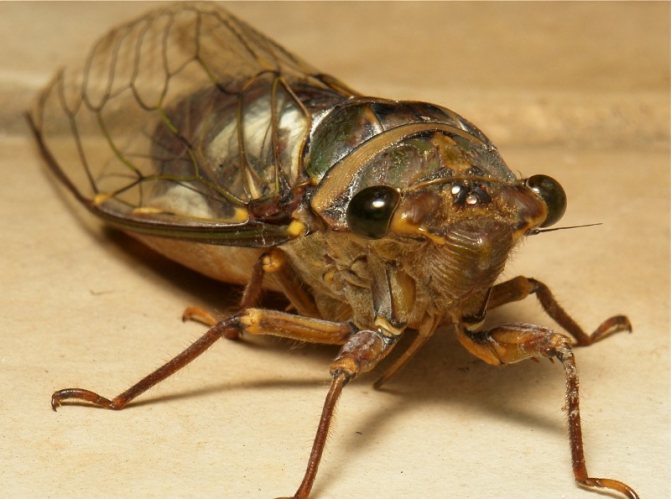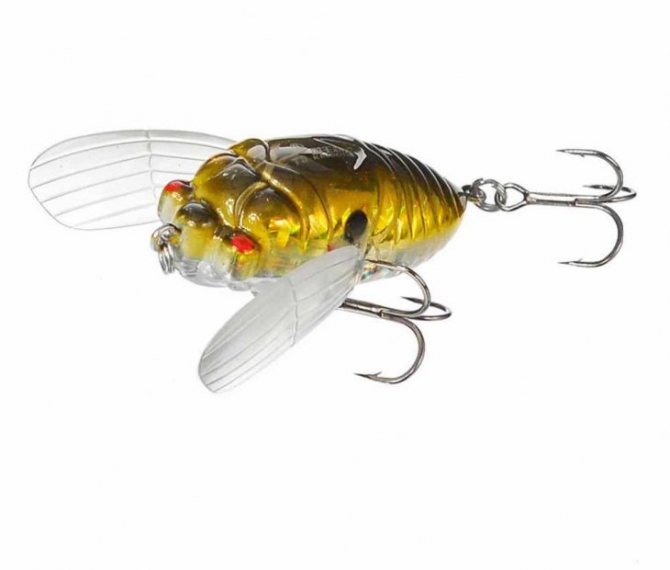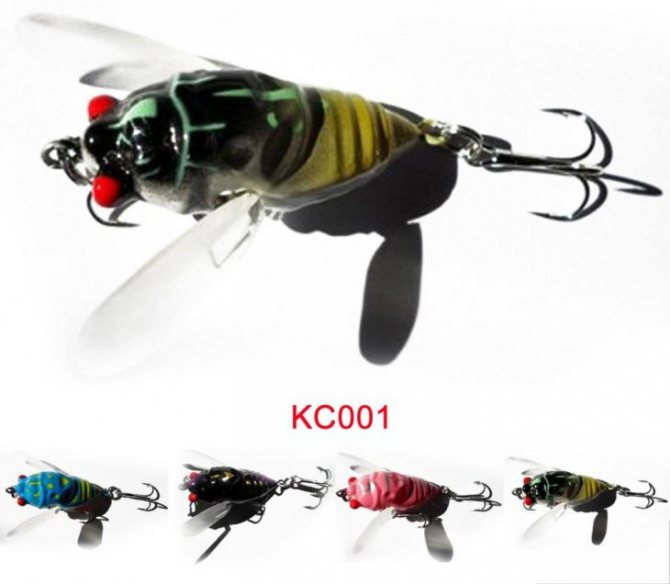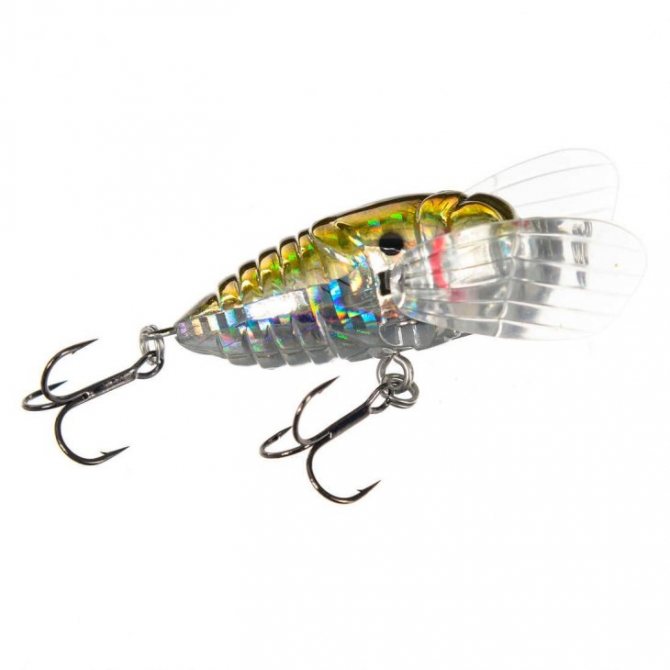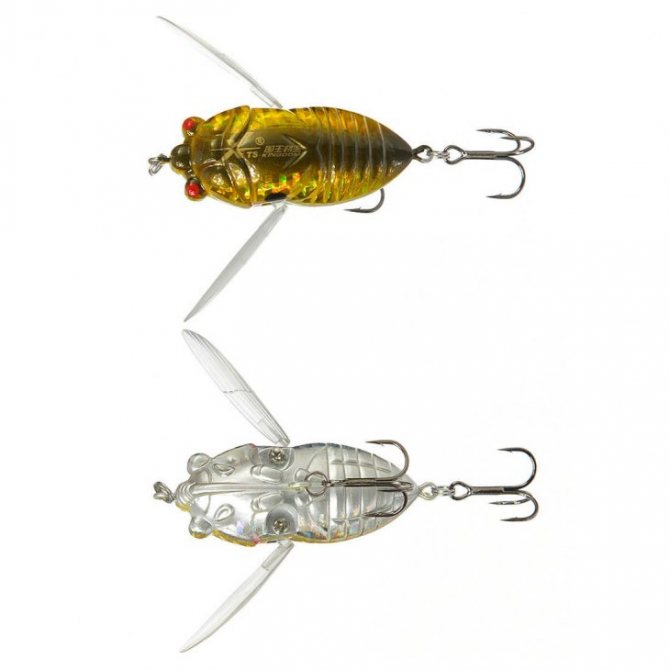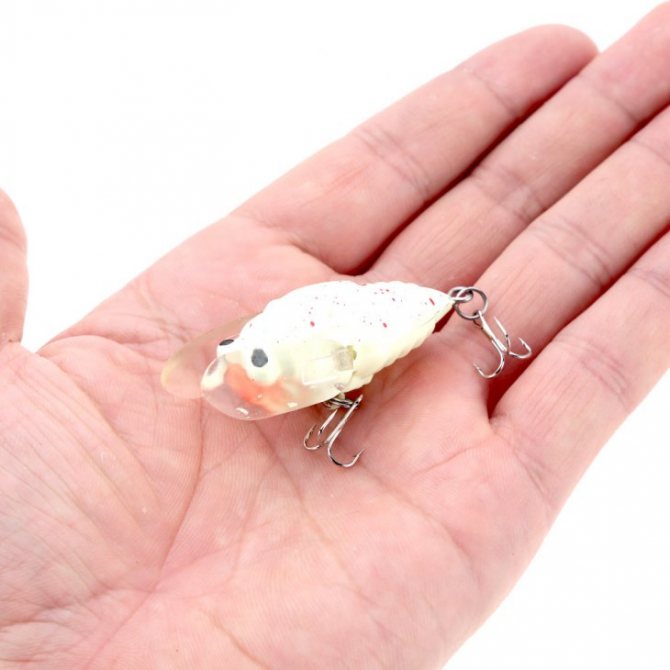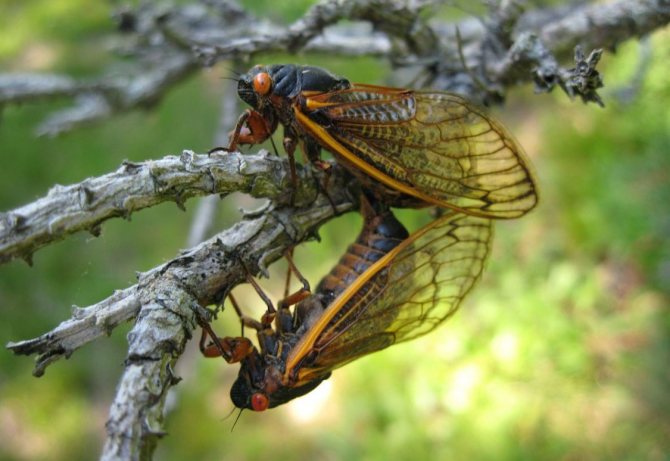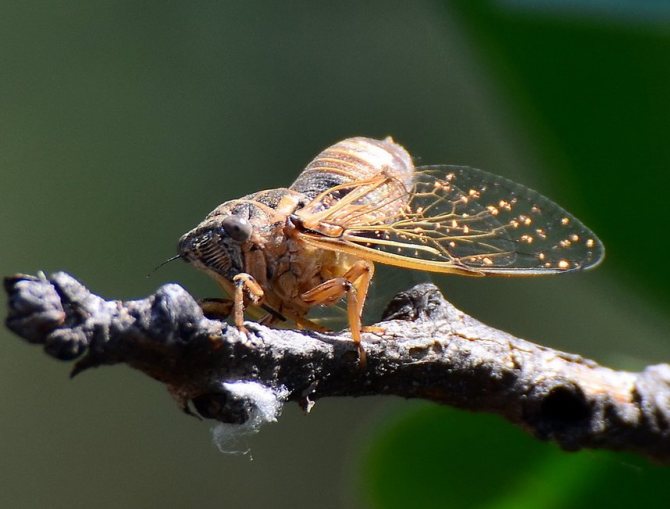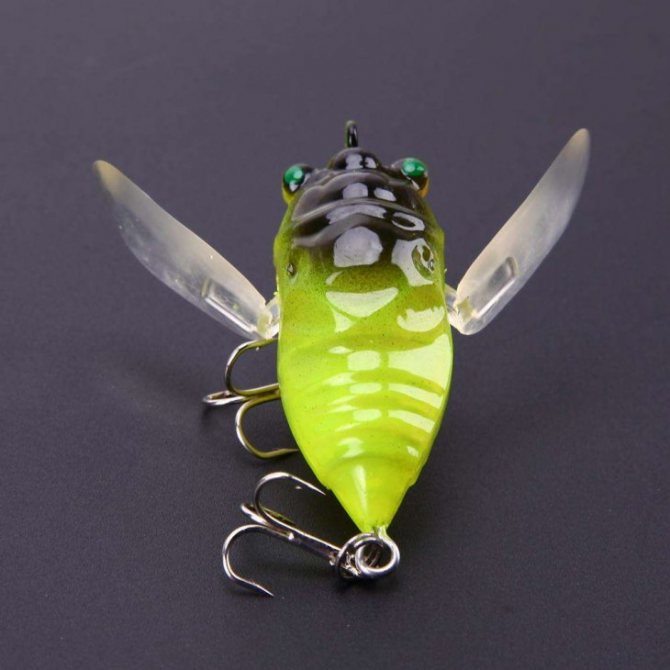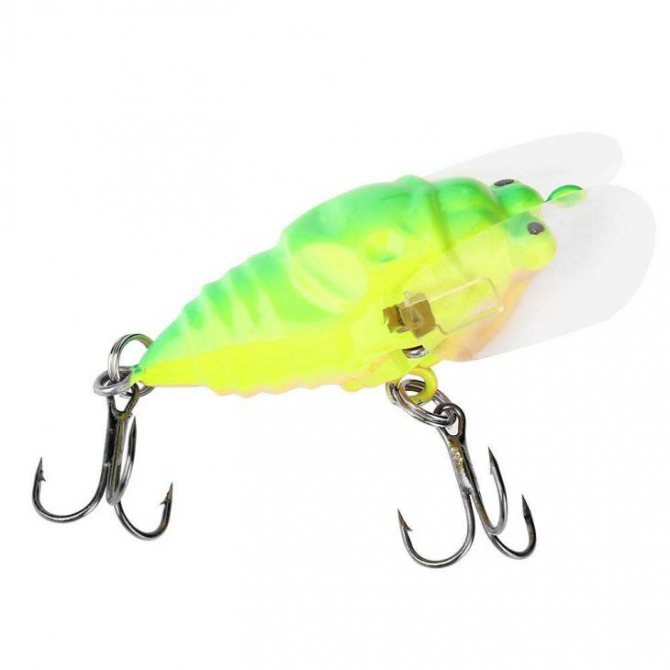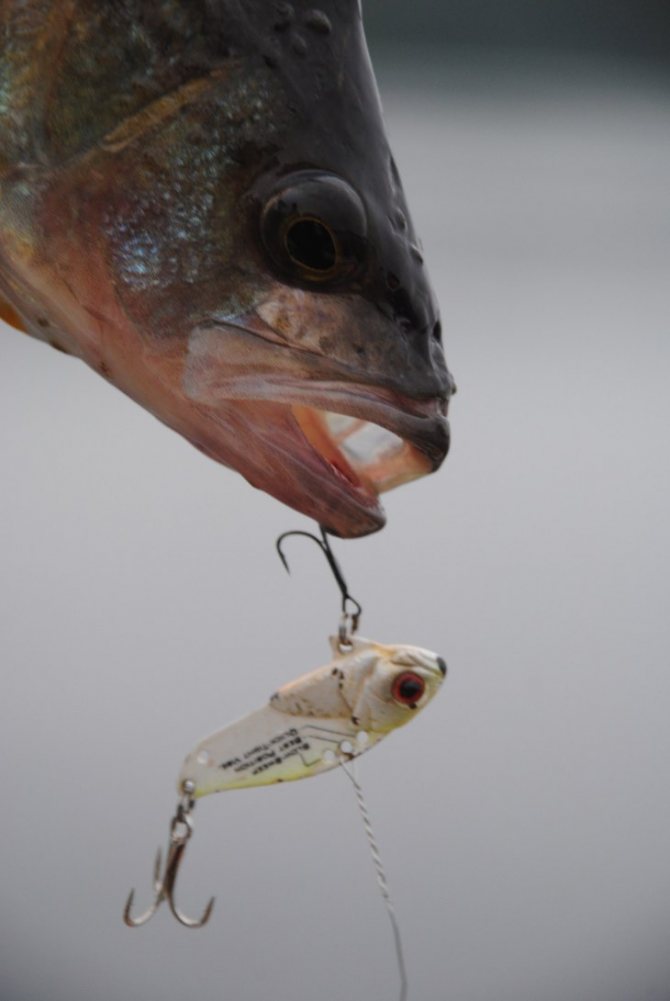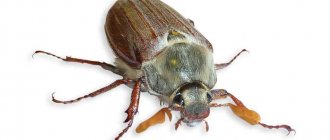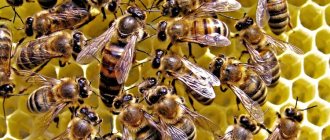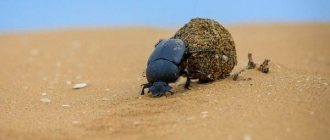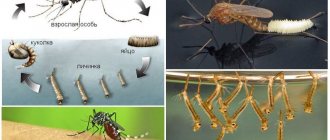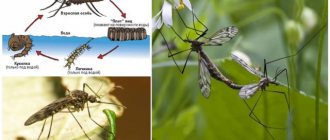The word "cicada" is known to everyone, it is it that arises in the imagination when the sounds made by chirping insects are heard.
Cicadas are song insects belonging to the arthropod type, the order of hemiptera. The cicada family includes about 2500 species.
Cicadas are very agile and cautious, rarely getting closer to 1 meter. But it is not difficult to see them, since during the breeding season all shrubs in the coastal forest are literally strewn with cicadas.
General characteristics of cicadas
Cicadas are representatives of the class of insects that have a number of significant differences. Someone compares them to a butterfly, someone even to a tadpole. If this insect spreads its wings, it really looks like a butterfly. But only at first glance. First, in a calm state, the wings of the cicada fold in a completely different way. And secondly, there are no such mighty butterflies.
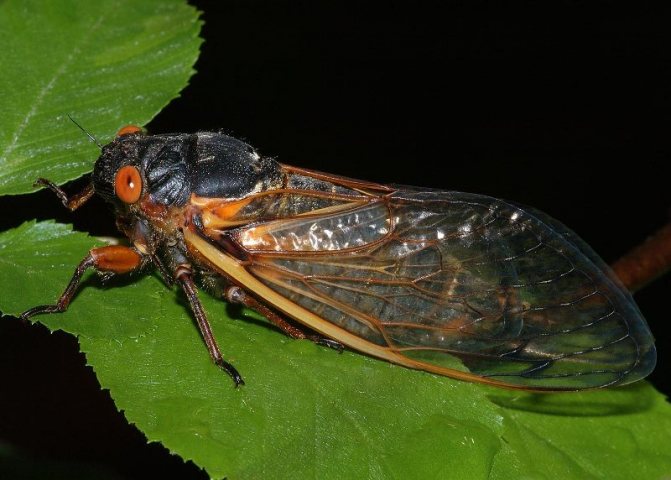
They are called figuratively tadpoles. They have a very large head, or rather, the front of the body. And if we continue to form images, then cicadas are, rather, bulls with transparent wings. They live where summer is warm and long, and winter is short, or there is none at all. These are inhabitants of tropical and subtropical zones.
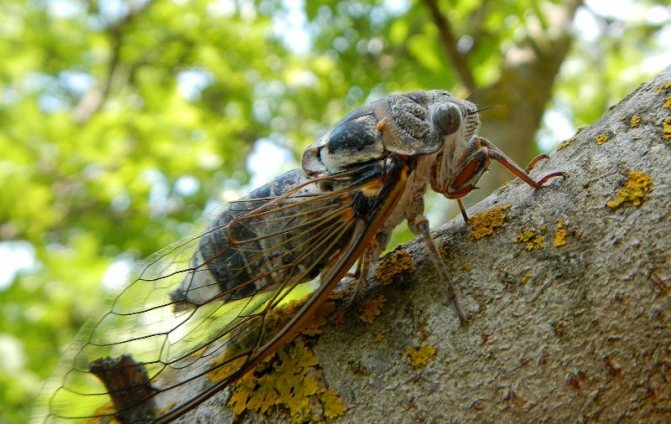

These insects drink the sap of plants. Adult winged individuals suck liquid from the terrestrial part, and the larvae live in the soil, extracting juice from the roots.
The wingless insect larva is somewhat reminiscent of the bear known to all gardeners. The similarity is due to the powerful front part of the body and large paws, which, like that of the bear, serve to break through tunnels in the ground, moving from root to root.
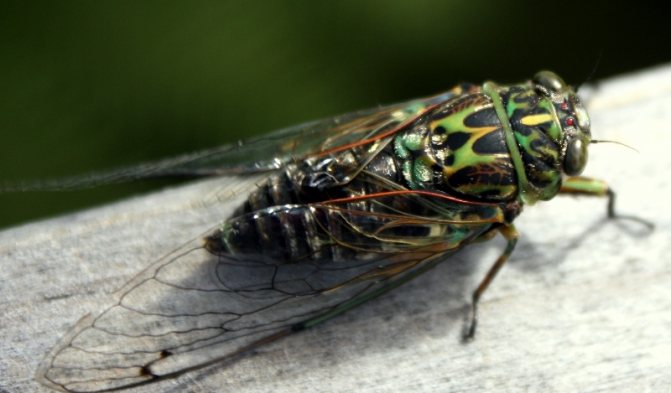

Cicadas live for a very long time. True, this applies to their entire life path - from an egg to an adult sexually mature individual. It is not surprising that in the days of pagan images and symbols, this insect personified immortality.
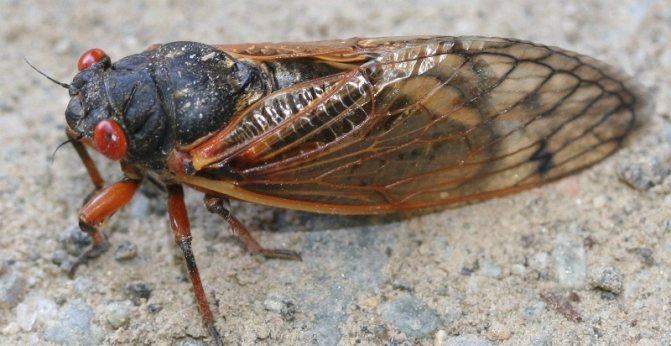

Cicadas are members of the insect class
The size of these insects inspires respect. Even the smallest of them have a body length of 2 to 5 cm. But the largest cicadas live in Indonesia. This is the so-called regal cicada. In length, it grows up to 6 cm, and the wingspan reaches 18 cm.


What kind of food
The insect prefers plant sap. For food, the cicada has an elongated proboscis. It is with this organ that the representative pierces the bark of trees and dense stems. Females also use the ovipositor for this purpose.
A favorite delicacy is the juice hardened by air. Cicadas are garden pests. The butterfly destroys the harvest of grains, berries and root crops. Significant population growth is recorded periodically. The control should take into account the period of the life cycle. Cyclides are food for earth wasps.
Gallery: cicada (25 photos)
Habitat
This insect lives almost all over the world, where there are forests. That is why, it often becomes food for geckos, chameleons, salamanders and even scolopendra.
The overwhelming majority of cicadas prefer a warm climate, so in the middle latitudes there is only a species more adapted to such conditions - the mountain cicada (Cicadetta montana).
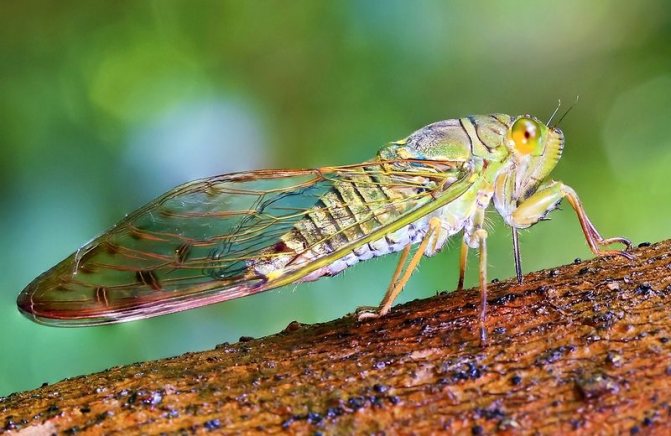

The northern border of its range runs through the Scandinavian countries, the Leningrad and Pskov regions of Russia.Separate foci are found in the south of Siberia and the Far East.
The most famous common cicada (Lyristes plebejus) is widespread in the subtropical regions of Europe, Russia and Ukraine: the Mediterranean, the Caucasus, Transcaucasia and the southern part of the Crimean Peninsula.
Hardwood forests, especially oak and ash groves, are a favorite habitat for these insects.
From the forest-steppe in the south to the border of the taiga in the north, you can hear their chirping.


Representatives of the cicada suborder are characterized by the fact that all their species are very similar to each other. Differences are observed in size and color.
Singing insects
Cicadas are some of the loudest insects. The glory of grasshoppers and crickets fades before their songs.
In the vast majority of cicada species, only males produce chirping. The source of such a loud sound is at the back of the abdomen. A membrane sounds, which is set in motion by special muscles. A resonator is located next to the membrane, which amplifies the chirping many times over.
Cicadas live for a very long time
The meaning of male singing is very simple. The whole appearance of these insects is aimed at good mimicry. It is very difficult to find a singing insect in thickets of trees, bushes and grasses. The transparent wings interfere with the detection of a brown body on the trunks and shoots of plants. And it is very necessary for males and females to find each other. So the male sings so that the female knows where to fly.
What are the features of keeping and breeding
Cicad is used for food in Thailand. National dishes include, in most cases, these insects. Representatives are bred in artificial conditions on the territory of specialized farms.
It is a natural source of protein. Virtually no fat in the composition. Cicadas taste similar to potatoes and asparagus.
At home, cicadas are not kept. This is due to the fact that insects emit a specific sound that can interfere, especially at night.
Types of cicadas
Only 2 species of the song cicada family live on the territory of Russia. Each has its own distinctive characteristics, although the way of life, food, and even habitats are very similar.
Common cicada
This is usually the name for the most abundant species of a taxon. Indeed, this species is a common inhabitant of the Mediterranean, Crimea, Caucasus and Transcaucasia. Habitat - mountains, steppes and forest-steppe. This insect takes root well in gardens and vegetable gardens, but people do not want to put up with it, believing that cultivated plants are greatly affected by it. For this reason, the chatter of this insect is heard mainly away from agricultural land.
Common cicada is a rather large insect. The length of its body is 30-36 mm, and if with wings, then all 40-50 mm. On the sides of the large head are 2 large compound eyes. In the center of the head there are 3 small simple eyes.
Mountain cicada
This is the only representative of singing cicadas in central Russia. It has a small size, high activity and a wide distribution area. Body length reaches 20 mm, with wings - 25 mm. The body is stocky, very dark, almost black, with a dull mottled pattern of an ocher-orange color. The song instrument is located in males on the underside of the first abdominal segment.
What interesting facts
Many interesting facts are associated with cyclides. In China, the insect is a symbol of longevity and eternal youth. Previously, it was customary there to put a representative in the mouth of the deceased, before burial. This will provide an eternal afterlife.
An insect is a symbol of resurrection. This is due to the ascent of an adult from the ground after a long stay at the larval stage. Now the butterfly is often presented to newlyweds as a sign of fertility and procreation.


Many people make amulets and ornaments in the form of cicadas.
The insect symbolizes prosperity and good luck.Using insect amulets helps restore vitality. It is also a kind of amulet against unwanted events and enemies. Cicada jewelry is often worn by politicians to prevent various scandals of intrigue, as well as to protect against enemies.
In China, the cicada was often kept in a beautiful cage in order to constantly enjoy the insect's singing. Only wealthy people could afford such a pet. The sound emitted by 5 representatives cannot be sustained by human membranes.
The role of cicadas in nature and human life
Those who live in the habitat of cicadas could observe such a picture. The sultry air bursts from the shrill song of the male calling for the female, and at this time representatives of a completely different taxonomic group flock to the sound. Birds, of course, are guided to a greater extent by sight, but they are also doing well with hearing. Suddenly, the song of the cicada is interrupted, and the sparrow, which finally found the source of the sound, flew heavily to a secluded place in order to feed its chicks.
This is a figurative illustration of the role and significance of a large group of insects - cicadas. This song insect plays a significant role in the food webs of many ecosystems. This is especially noticeable in the example of the periodic cicada that lives in North America. She is one of the most mysterious and unusual cicadas on the planet.
Its life cycle lasts from 13 to 17 years. More precisely, the larvae of this insect live so much, and adults, concerned only with the continuation of the genus, from 2-3 weeks (males) to 2-3 months (females).
This insect got its name for the frequency of mass emergence from the ground. Once every 13-17 years, huge hordes of larvae emerge from the soil. They crawl on plants, very quickly turning into adult insects there.
The larvae emerge from the ground as if on command, filling everything around with their bodies. The density of cicadas per 1 sq. meter can reach more than 300 individuals.
How do these pests reproduce?
Females lay eggs in autumn in the soft tissue of leaves, stems, in the root part of winter cereals and carrion.
Depending on the species, larvae emerge from the eggs after 30–40 days. They go through several stages of molting and, accordingly, there are four to five instars. The hibernating stage in different species of cicadas is eggs or larvae.
In spring, overwintered nymphs begin to fledge and move into the stage of adult insects.
Eggs are laid by females of different generations, and as a result, cicadas develop in two or three generations over the summer. From the beginning of summer to the end of autumn, both larvae of different ages and adults are found in the fields.
Bouncing
Another species of insect lives in Europe and North America - the jumping leafhopper. It is distinguished by its high speed of movement: when a danger appears, the leafhopper jumps very quickly.
The planet is home to about a hundred different species of cicadas, most of which are harmless to crops, fruit trees and shrubs. However, some cicadas pose a great danger to gardens, vegetable gardens and fields.
REFERENCE: It is not an adult insect that is jumping, but a grown larva.
There are many ways to control pests, ranging from folk and ending with the use of chemicals. The most important thing is to take timely measures to get rid of the cicadas from the site.
Rosanna
Rosanny cicadka lives in North America, Central Asia, in the territory of Western and Eastern Europe.
The cicada of this species is a very small individual - no more than 3 mm in length. The body of the insect is colored yellowish or pale green with a pearlescent tint. Insects merge with the stem of the plant and are not easy to see. The back of the leafhopper's body is narrowed, and the head and chest are of the same size.
Rosemary plant is harmful to plants such as:
- Lilac;
- Apple tree;
- Rose flower;
- Rosehip;
- Cherry;
- Pear;
- Apple tree.
Rose plantlets reproduce very quickly, so during the summer they can destroy many plants in any garden area.
Females lay eggs at the ends of shoots and branches.The larvae of the pink leafhopper are very voracious. They feed on plant sap.
Making bait at home
How to make a cicada bait for fishing yourself? In fact, this is not so difficult, so many fishermen, in order to save financial resources, make a spinner with their own hands.


To do this, you must have the following tools at hand: a vice, nippers, pliers, round-nose pliers, a hammer, a file for metal; sandpaper, drill, a couple of pieces of drills (1-2 mm), scissors for cutting metal.
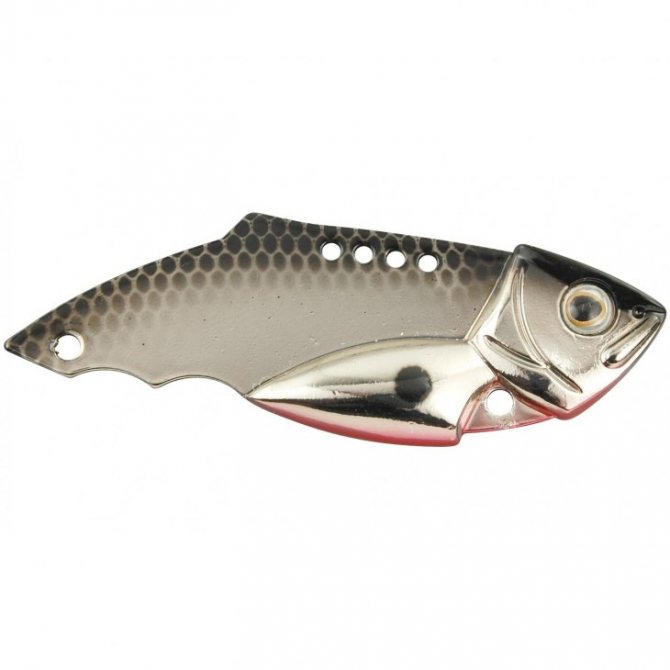

Note!
- Fishing on a drop leash: tips for beginners and fishing secrets from professionals (90 photos)
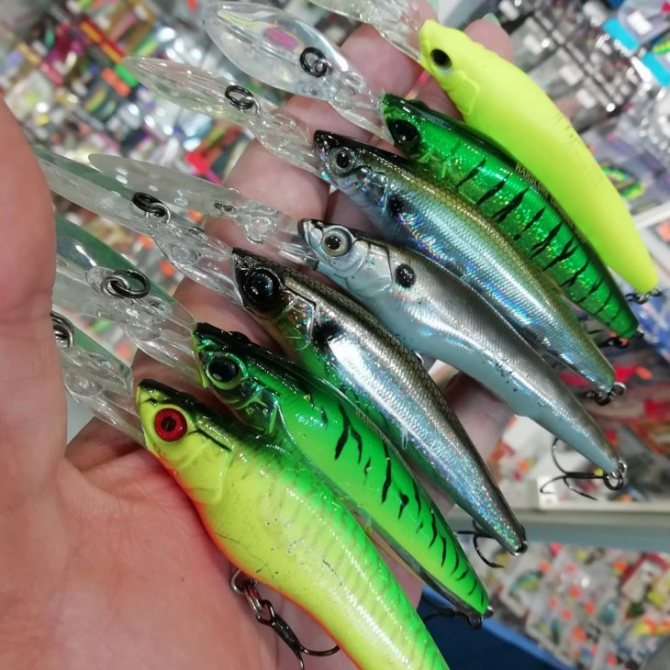

Wobblers for trolling - a step-by-step description of fishing techniques for beginners and the best models of 2020 (115 photos)
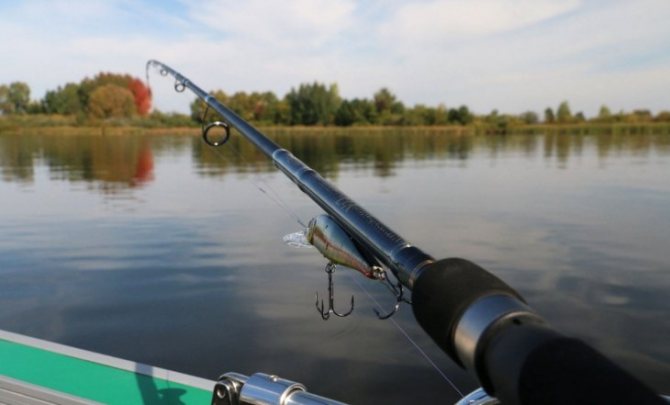

Which spinning system to choose: a step-by-step description for beginners and tips on how to choose the right system (105 photos + video)
If something is not enough, the rest can be bought at a hardware store.


The process of creating such a spoon is divided into several stages:
- Take a piece of sheet metal and draw a drawing of the bait on it with a needle;
- Then, with metal scissors, carefully cut out the workpiece;
- Roughness that arose after cutting out the layout is removed with a file;
- We take a drill and drill several holes for the fishing line (there should be two millimeters from the edge of the spoon);
- If the dimensions of the product are small, you can drill an additional hole for the mount;
- At the very end, the remaining flaws are cleaned with a file, and the product itself is brought to mind with the help of a sanding cloth.


An additional weight is cast from lead and shaped into a pellet weighing 4-8 grams. Then they are glued with good waterproof glue to the cicada itself.


Nanotechnology
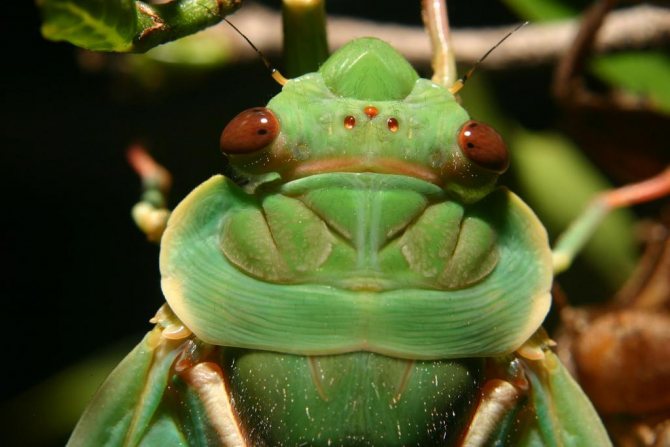

Psaltoda claripennis is a cicada whose wing surface is covered with microscopic needles. Such a surface kills bacteria that get on the wings. Scientists plan to use the discovery to create bactericidal materials.
Insects are interesting if you look closely at them. Scientists have yet to study many more species of cicadas and other invertebrates. Many amazing discoveries have been made in science, and we still have to learn new secrets from the life of insects, their structure and behavior. Many arthropods lead complex lifestyles.
Tags: dwell, russia, cicada
About
«Previous post
Classification
There are seven species of the genus, of which three have a 17-year development cycle and four have a 13-year cycle. Without regard to the duration of development, the species are combined into 3 groups:
- Group cassiniMagicicada cassini
(17 year old, Fisher, 1851) - Magicicada tredecassini
(13-year-old, Alexander and Moore, 1962)
- Magicicada neotredecim
(13-year-old, Marshall and Cooley, 2000)
(17 years old, Linnaeus, 1758)
(13 year old, Walsh and Riley, 1868)
- Magicicada septendecula
(17-year-old, Alexander and Moore, 1962)
(13-year-old, Alexander and Moore, 1962)
17-year-old cicadas are slightly more common and more common in the northeastern United States, while 13-year-olds are more common in the southern states.
Mountain
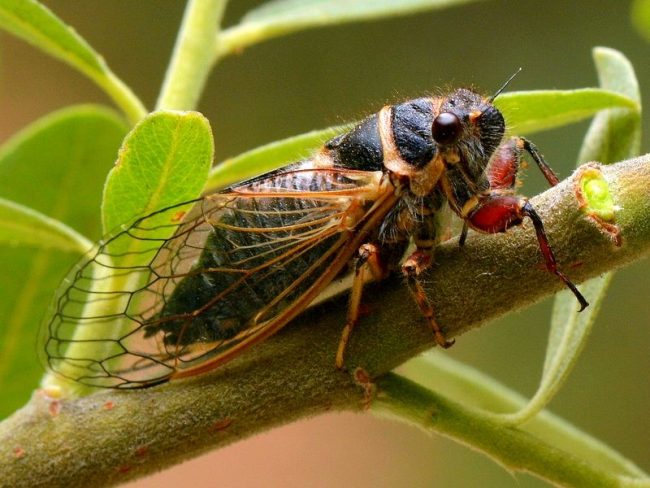

Mountain cicada lives in various countries - it can be found in China, Turkey, America, Russia, Turkey, Palestine. The insect has adapted to the cold: it lives in the south of Siberia and the Far East.
The mountain cicada is a large insect, the body length of which, including the wings, is about 25 mm. The body of the insect is predominantly black in color, on the back there is a fuzzy orange pattern. The wings of the mountain cicada are transparent and fold in the form of a house.
We suggest you familiarize yourself with: Useful and dangerous properties of spinach
The insect lives on trees and bushes, loves warm uplands of meadows and fields. The larvae of the mountain cicada feed on the sap of herbaceous plants. The insect is not a pest as it does not harm fruit trees or agricultural land.
The mountain cicada is a rare insect, therefore, in some countries and regions, measures are being taken to preserve this species.
Japanese cicada butterfly
The homeland of the insect is Japan. Subsequently, the insect was brought from Japan to Sukhumi, and then it spread throughout Georgia. The Japanese cicada butterfly loves warmth, therefore it lives in a warm subtropical climate.
In appearance, the Japanese cicadka looks like a moth.The insect has gray-brown wings, on which there are two silvery horizontal stripes. The body length of an adult insect is 10-11 mm.
Cicada larvae are distinguished by their special jumping ability due to the presence of a white fluffy tail.
Japanese cicadka damages fruit trees and berry bushes. Especially insects like to feed on blackberry juice.
Females of the Japanese leafhopper are especially fertile and reproduce very quickly.
Plants and trees damaged by insects stop growing, they become susceptible to fungal and viral diseases.

